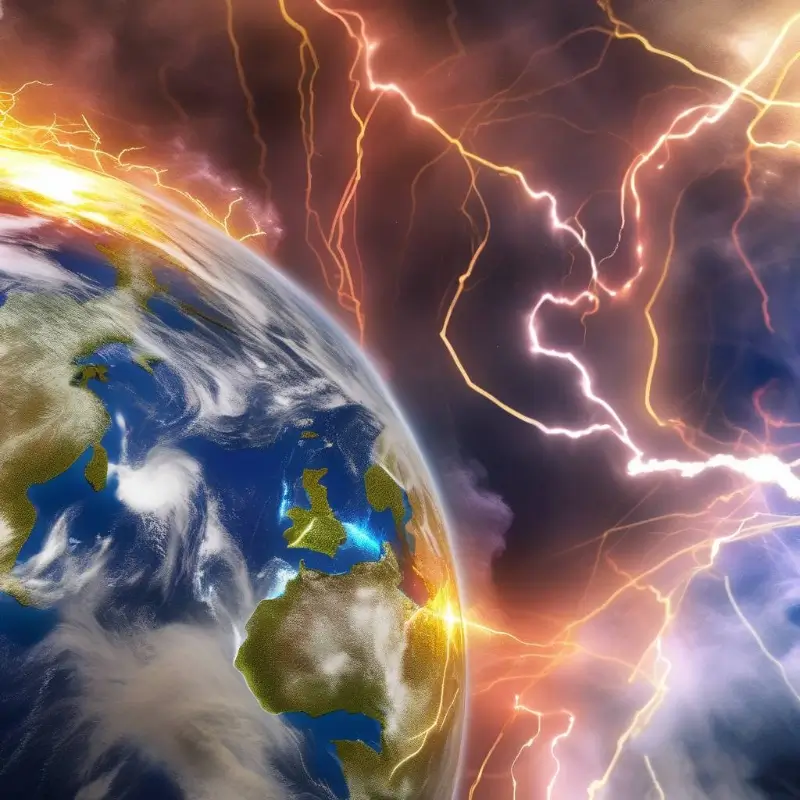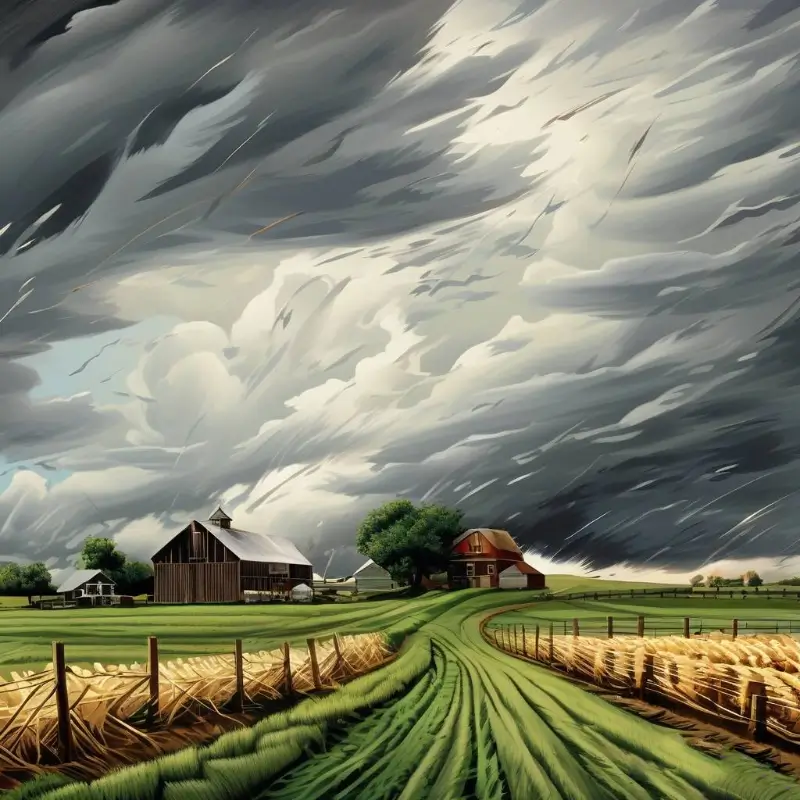why does it hail?
Hail is a form of precipitation that consists of ice pellets that have formed within strong thunderstorms. It occurs when the temperature and conditions in the atmosphere are favorable for the growth of ice crystals from water droplets. Here’s a more detailed explanation of how hail is formed:
- Strong updrafts: Hail forms in strong updrafts within thunderstorms. These updrafts are columns of rising air that carry raindrops and other particles upward into the cloud. The strength of the updraft is crucial because it must be able to support the weight of the ice as it forms.
- Freezing temperatures: As the raindrops are carried upward into the cloud, they encounter colder temperatures at higher altitudes. These colder temperatures cause the raindrops to freeze into ice pellets, known as graupel.
- Growth by accretion: The ice pellets continue to be carried upward by the updrafts and encounter supercooled water droplets. These droplets freeze onto the surface of the ice pellets, causing them to grow. The process of ice growth by the accumulation of supercooled water droplets is called accretion.
- Terminal velocity: As the ice pellets grow, they become too heavy for the updrafts to support. At this point, they reach a point of terminal velocity, which is the speed at which the force of gravity pulling them down is balanced by the force of the updraft pushing them up. When this happens, the ice pellets start to fall back toward the ground.
- Formation of hailstones: If the updrafts are strong enough and the pellets continue to be carried upward, they can grow to a diameter of 1 inch (2.5 cm) or more. These large ice pellets are called hailstones. The process of hail formation can repeat, with the stones being carried upward, growing, and then falling back down, each time potentially encountering even colder temperatures and growing further.
- Hailfall: When the hailstones reach the ground, they are referred to as hail. The size of the hailstones can vary widely, from the size of peas to golf balls, baseballs, or even larger. The larger the hailstones, the stronger the thunderstorm usually is.
Hail can cause significant damage to vehicles, buildings, crops, and infrastructure. It is also dangerous to people and animals because of the force with which the hailstones strike. When a thunderstorm is producing hail, it is important to seek shelter to avoid potential injuries.



